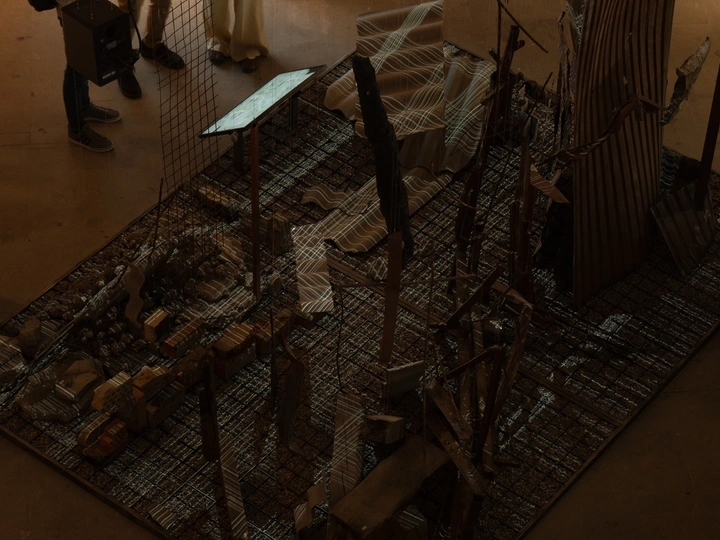Circularity on the Edge

As a Ukrainian architect and spatial researcher based in Paris, with a background in urban planning, architecture, and design, I dedicate most of my time to developing recovery strategies for communities affected by the Russian war against Ukraine, promoting the transition to a circular economy in Ukraine, exploring tactical urbanism, and providing tutoring. I was a Fulbright fellow and visiting researcher at MIT from 2021 to 2022, and I was also invited to join the Global MIT At-Risk Fellowship in 2024. During the GMAF programme and MIT, I co-taught a course on urban recovery and spatial data analysis for one of the de-occupied hromadas (communities) in Ukraine, Sviatohirska. Developing data-informed frameworks for strategizing rebuilding efforts for war-affected areas is the primary focus of my research.
For the past few years, I've been working remotely with non-profit organizations in Ukraine in an international partnership, focusing solely on spatial research for recovery and the circular economy with organizations such as Ro3kvit, Restart, and ReThink.
This experience and my knowledge have pivoted in authoring and curating the installation "Circularity on the Edge," which was selected for the Venice Architecture Biennale 2025.
My practice is rooted in Ukrainian realities, yet it seeks to engage in global dialogue on the perception of architecture, the environment, urbanism, resilience, and technology.
Circularity on the Edge examines how architectural debris from war-damaged buildings in Ukrainian cities, resulting from the Russian war, can be analyzed, understood, and reused through a circular lens. Combining a remote sensing approach for visual segmentation of aerial drone footage and on-site evaluation and mapping, the project highlights the symbolic, spatial, and material potential of debris. Originating from research that started during my time as a Fulbright Fellow at MIT, it was developed as an architectural installation for the 19th Venice Architecture Biennale in 2025, utilizing debris sourced from Hostomel in Kyiv Oblast. It questions linear destruction-reconstruction cycles and offers alternatives grounded in circular economy, material heritage, and community agency.
As both a speculative framework and real-world experiment, the project advocates for reuse as a design methodology and policy instrument. The project is rooted in wartime recovery strategies in Ukraine, but is also scalable to other contexts. In the LINA network, it could evolve into workshops, toolkits, or collaborative interventions, adapting the approach to new geographies, emphasizing resourcefulness, memory, and resilience.
